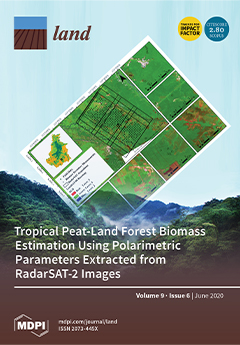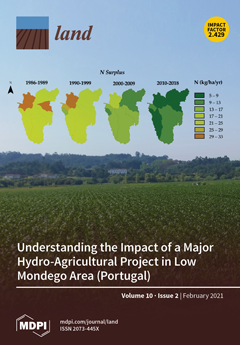Peace, Land, and Bureaucracy in Colombia: An Analysis of the Implementation of the Victims and Land Restitution Law from a Multiscale Perspective of State Bureaucracies
This article presents an analysis of the complexities implied by the implementation of the Colombian land restitution policy, as an example of the way in which the state works in its day-to-day practice. The document highlights the role played by the bureaucracy of “land” in the management of the so-called post-conflict setting. It is constructive in showing the multiscale nature of the state, whose operation cannot be understood outside the various levels and scales that compose it.





